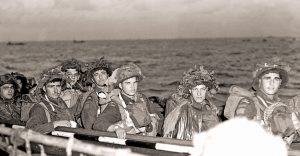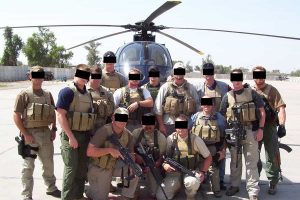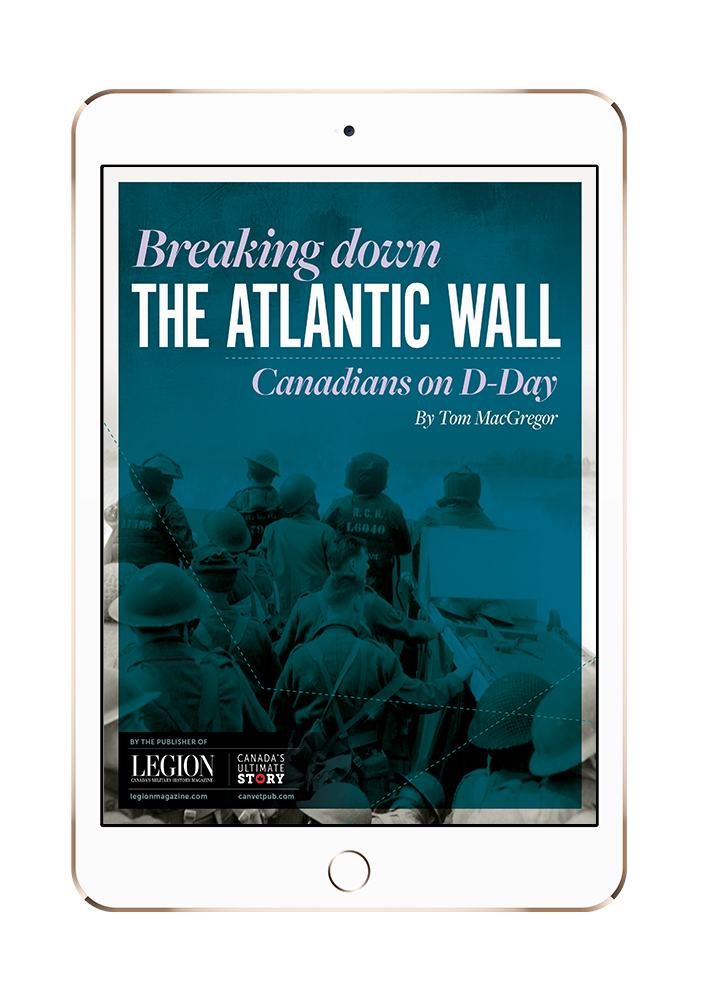
5 Ways D-DAY Changed the World
Three-quarters of a century have passed since American, British and Canadian forces landed on the Normandy coast on June 6, 1944, in the greatest seaborne

Three-quarters of a century have passed since American, British and Canadian forces landed on the Normandy coast on June 6, 1944, in the greatest seaborne

The Juno Beach Centre in Courseulles-sur-Mer, France, has launched a fundraising campaign featuring dog tags to commemorate the 5,500 Canadians killed in action during the

They are among the most iconic images of the Second World War—blurred, grainy and, the best of them, as stirring and in-the-moment as any battlefield
June 6 marks D-Day. Along 80 kilometres of well-fortified beachfront in Normandy, 155,000 soldiers, 5,000 ships and landing craft, 50,000 vehicles and 11,000 planes of
On June 7, 1944, D+1, the 12th SS Hitler Youth Division blocked the Canadian and British advance to Carpiquet and Caen by committing the tanks and infantry of Kurt Meyer’s 25th Panzer Grenadier Regiment to battle. It was a tactical victory with enormous operational consequences. Sepp Dietrich, the commander of 1st SS Panzer Corps, who was supposed to launch a powerful counterattack against the Allied bridgehead in Normandy with three armoured divisions, found that both 21st Panzer and 12th SS were heavily engaged and could not be withdrawn. Panzer Lehr, the third armoured division, was also being drawn into combat with British 30 Corps.
All those involved in the planning for D-Day knew there were two quite separate problems in securing a beachhead. The first task, breaking through the crust of defences known as the Atlantic Wall was rightly seen as the major challenge, but preparation and rigorous training was also required to carry out the advance inland to widen and deepen the bridgehead. The 9th Canadian Infantry Brigade, known as the Highland Brigade, had been selected to lead the Canadian advance, so Brigadier D.G. “Ben” Cunningham and his battalion commanders prepared detailed plans.



Get the latest stories on military history, veterans issues and Canadian Armed Forces delivered to your inbox. PLUS receive ReaderPerks discounts!

| Cookie | Duration | Description |
|---|---|---|
| cookielawinfo-checkbox-analytics | 11 months | This cookie is set by GDPR Cookie Consent plugin. The cookie is used to store the user consent for the cookies in the category "Analytics". |
| cookielawinfo-checkbox-functional | 11 months | The cookie is set by GDPR cookie consent to record the user consent for the cookies in the category "Functional". |
| cookielawinfo-checkbox-necessary | 11 months | This cookie is set by GDPR Cookie Consent plugin. The cookies is used to store the user consent for the cookies in the category "Necessary". |
| cookielawinfo-checkbox-others | 11 months | This cookie is set by GDPR Cookie Consent plugin. The cookie is used to store the user consent for the cookies in the category "Other. |
| cookielawinfo-checkbox-performance | 11 months | This cookie is set by GDPR Cookie Consent plugin. The cookie is used to store the user consent for the cookies in the category "Performance". |
| viewed_cookie_policy | 11 months | The cookie is set by the GDPR Cookie Consent plugin and is used to store whether or not user has consented to the use of cookies. It does not store any personal data. |



Free e-book
An informative primer on Canada’s crucial role in the Normandy landing, June 6, 1944.